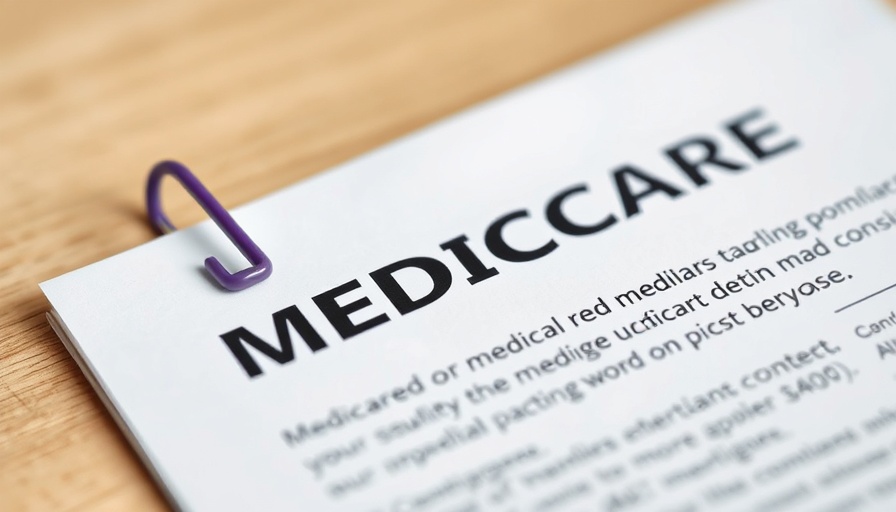
Understanding the 988 Crisis Line and Its Importance
The introduction of the 988 Suicide & Crisis Lifeline in July 2022 marked a pivotal moment in mental health crisis management. This three-digit hotline was designed to provide essential support, offering an easily accessible pathway for individuals in distress to request assistance. By providing immediate support from mental health professionals, the 988 line aims to reduce the stigma surrounding mental health issues while minimizing unnecessary police involvement in crisis situations.
Are We Losing Ground? The Risks Ahead
Despite the promising start, recent funding cuts threaten the future of this crucial mental health service. Funding reductions from the Substance Abuse and Mental Health Services Administration (SAMHSA) and the rescission of approximately $1 billion in grants have placed the sustainability of 988 in jeopardy. Advocates argue that these cuts could reverse much of the progress made in initiatives designed to help individuals seek assistance safely and effectively, as evidenced by the experiences of many like Lynette Isbell. Her traumatic experience underscores the need for a more robust response model that prioritizes mental health support free from punitive measures.
The Ripple Effect of Funding Cuts
The ramifications of federal funding cuts extend beyond mere operational challenges; they jeopardize the mental well-being of countless individuals relying on these services. Organizations such as the National Alliance on Mental Illness express deep concerns about how these reductions could lead to increased suicides and deteriorating mental health in communities. Experts are stressing the need for reallocating funding to preventative mental health measures rather than relying on emergency response frameworks that are often inadequate for genuinely addressing mental health crises.
Looking Towards Sustainable Solutions
To ensure the future of mental health crisis interventions like 988, communities must advocate for sustainable funding. Engaging local governments, mental health organizations, and the public in discussions around mental health funding is essential. The integration of mental health services into community resources could provide a model for addressing mental health crises holistically, avoiding the pitfalls of over-policing while delivering compassionate, informed care.
Final Thoughts on Mental Health Awareness
As we confront the challenges posed by federal funding cuts, it is imperative that we remain vigilant in advocating for comprehensive mental health solutions. The introduction of the 988 Lifeline provided a glimmer of hope, but without sustained investment and community support, its impact may be diminished. Individuals and communities must continue to support mental health initiatives that prioritize healing and understanding, rather than fear and stigma.
 Add Row
Add Row  Add
Add 




Write A Comment